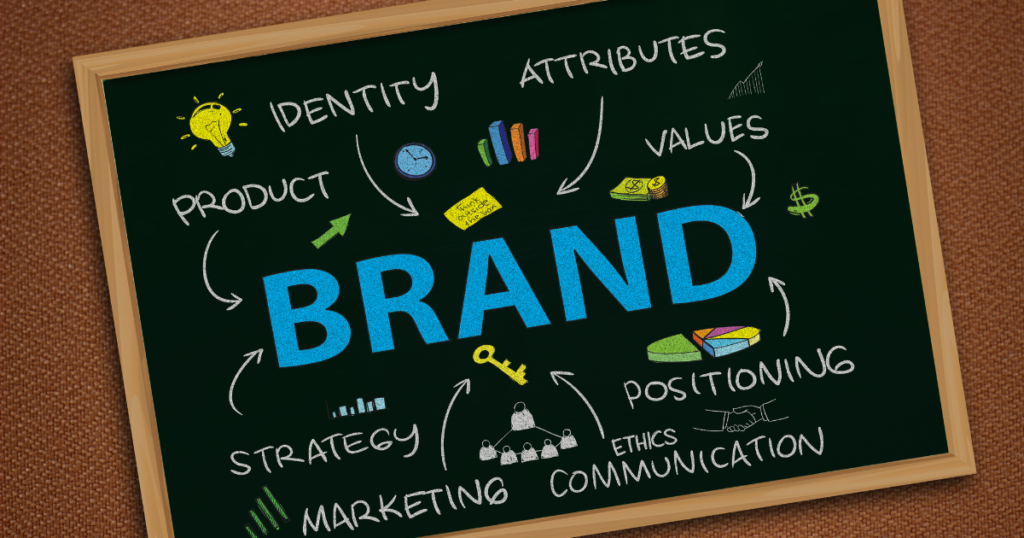
In today’s world, where businesses are constantly competing for attention online, creating a strong, recognizable brand is more important than ever. But how do you make sure your brand looks and sounds the same across all channels, whether it’s on your website, social media, or in print? That’s where brand style guidelines come in.These guidelines act as the rulebook for how your brand should be presented everywhere, from your logo to the tone of your social media posts. Let’s dive into how you can create effective brand style guidelines and why they are key to building a successful brand.
What Are Brand Style Guidelines?
Brand style guidelines are a set of instructions that define how your brand should be visually and tonally presented. These guidelines help ensure that your brand stays consistent no matter who is handling your marketing or design. It’s essentially a manual for maintaining a cohesive brand identity across different platforms.The guidelines cover things like your logo usage, color palette, typography, imagery, and writing style. When everyone follows the same rules, your brand feels familiar and trustworthy to your audience, whether they’re seeing your ad on Facebook or browsing your website.
Why Do You Need A Brand Style Guide?

Everything you create should accurately represent your brand. But the bigger your network, the harder it can be to monitor content and make sure everything is consistent. (Sometimes it’s not even the freelancer’s fault; in-house teams can be a bit too loose, too.)This is why a brand style guide is so important. Not only does it provide consistency but it benefits your brand in several ways.
Other Quality Control: Not everyone has an art director to oversee every project, and often you’re up against a deadline. This, and many other variables can result in content that is fragmented and ineffective. Your reputation depends on the quality of your creative content, so having good authoritative guides ensures that you’re always publishing content you’re proud of.
Increased Awareness: Clear communication and good design make life easier for your reader or viewer. Guidelines for things like data visualization, color usage, or typography help creators design more effective content, creating a better overall content experience. Also, this simple act is a great service to the people you want to connect with. It shows that you value their time and help them get the information they need and want.
Best brand recognition: Brand guidelines help you deliver a cohesive brand experience, making it easier for people to identify your valuable content. When you provide consistent, high-quality content, people come to rely on you and—even better—search for your content. They trust that you will always deliver what they want, and that trust is the foundation of any strong relationship.
What Should A Brand Style Guidelines Include?
Your goal is to create a practical style guide that empowers brand creators to create differentiated brand content. While style guides are often thought of as just a design, you want a document that helps people understand how your brand looks and speaks. What does it look like?A brand style guide, also known as a brand guidelines document, should include comprehensive instructions and standards for maintaining consistency in visual and written communication across all channels. Here’s a breakdown of what it should typically include:
A good brand style guide is clear, practical, and comprehensive. But it also needs to be easy for your team to use. Here’s what makes it work:
- Comprehensive: It should cover all the essential elements of your brand, from visual design to tone of voice. You want your team to be able to create any type of content using the guide.
- Clear and Practical: While the guide should be detailed, it shouldn’t be overwhelming. Keep the instructions simple and provide examples where needed to help people understand.
- Easy to Access: Make sure everyone can easily find the guide. Whether it’s a PDF, an online document, or part of a shared resource folder, it should be accessible to all team members and external collaborators.
- Tailored to Your Brand: Every brand is different, so customize your style guide to reflect your brand’s unique personality and needs.

Why Are Brand Style Guidelines So Important?
A brand style guide is more than just a collection of rules. It’s the foundation of your brand’s identity. Here’s why they’re so critical:
- Consistency Builds Trust: People connect with brands they recognize and trust. When your brand looks the same everywhere, it’s easier for people to remember you. Plus, consistent branding signals reliability and professionalism.
- Helps with Collaboration: Whether you’re working with your internal marketing team, freelancers, or agencies, a style guide ensures everyone is on the same page. It makes collaboration smoother and more efficient.
- Scalability: As your brand grows, whether by adding new products or expanding to new markets, your style guide ensures your brand identity remains consistent. No matter how big you get, your style guide keeps things aligned.
Visual Identity: The Heart of Your Brand

Your visual identity is often the first thing people will notice about your brand, and it sets the tone for everything else. So, let’s break down the key elements of your visual identity:
Icons and Graphic Elements: Icons, buttons, and other small graphic elements should match the style of your logo and typography. Define their usage and make sure they are consistently applied.
Logo: Your logo is the face of your brand. Make sure you define how it should be used, the spacing around it, and the variations that are acceptable. You want to make sure it always looks professional.
Color Palette: Colors evoke emotions and perceptions, so pick a palette that aligns with your brand values. For example, blue often signals trust and professionalism, while red can feel bold and energetic. Your style guide should specify the exact color codes for consistency.
Typography: Fonts are more than just letters—they carry meaning. Choose typefaces that match your brand’s personality. Make sure your style guide specifies how and when to use each font.
Photography: Photos are a huge part of your brand’s story. Decide if you want them to be bright and cheerful or more minimalist and clean. This helps create a mood for your brand and reinforces the message you want to send.
Examples of Great Brand Style Guides
Here are a few brands with impressive style guides:
Walmart: With a comprehensive guide, Walmart ensures that their brand remains recognizable no matter where it’s seen—whether in-store or online.
Zendesk: Their guide is clean and straightforward, offering a simple but effective framework for brand consistency.
Spotify: Known for its bold and vibrant design, Spotify’s style guide helps maintain a fun and youthful vibe across its marketing.
Final Thoughts: Why It’s Worth the Effort
Building a brand style guide might seem like a big task at first, but the benefits are more than worth it. It gives your team the tools they need to keep your brand consistent and professional, making it easier for you to build trust and recognition with your audience.
Whether you’re just starting out or you’ve been around for years, creating and sticking to a brand style guide helps ensure your brand stands out in the crowded digital world.By making sure your brand looks and sounds the same everywhere, you’ll build a stronger connection with your customers and set yourself up for long-term success.


